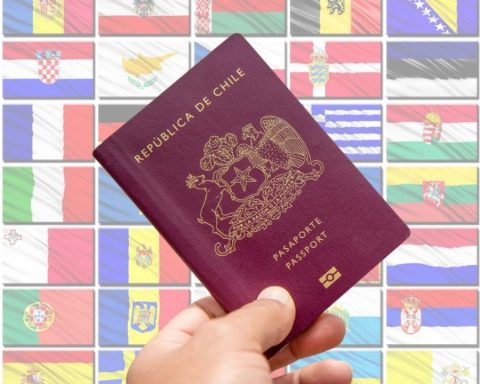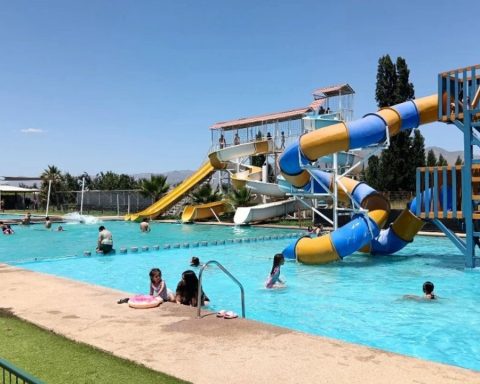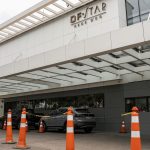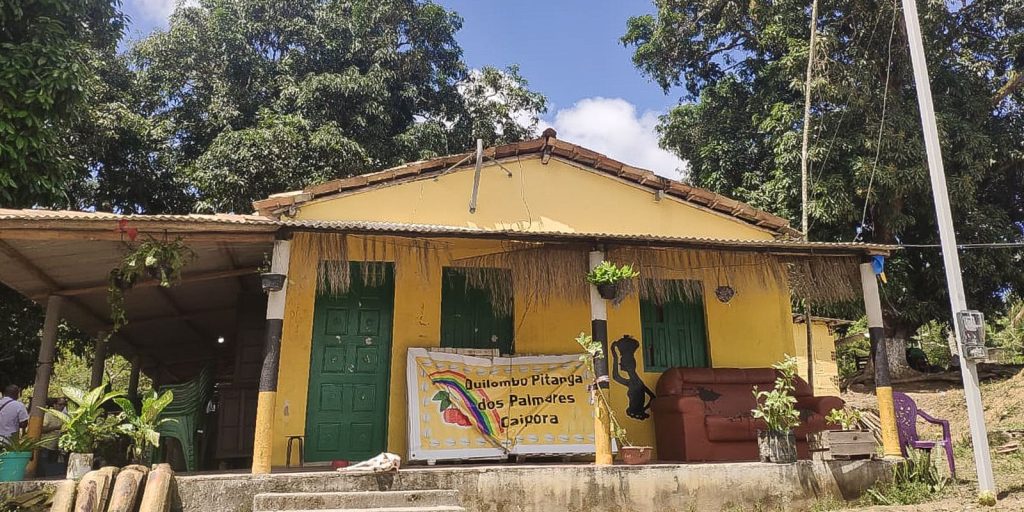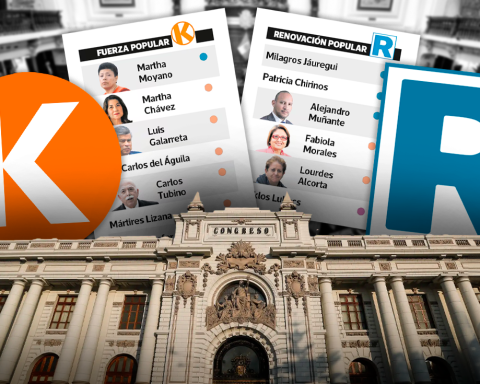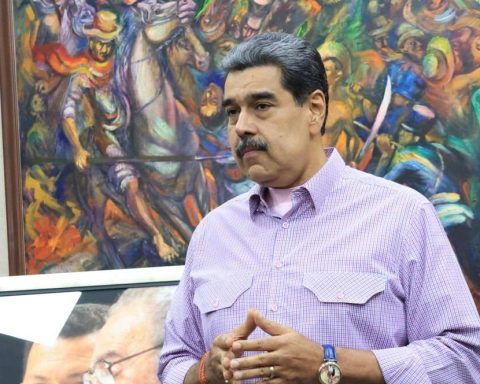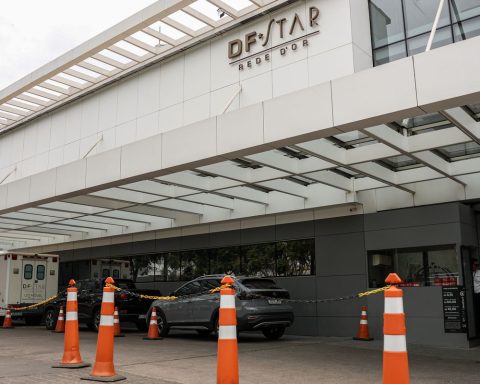In a colder than usual winter, the Gas subsidy It is presented as a crucial economic relief for heating in the most extreme areas of Chile, especially in the Magallanes region. This benefit is delivered to the most vulnerable households in the region, allowing them to access gas consumption throughout the year with amounts that vary according to the month. The recent news of an increase in the subsidy amounts has been received with enthusiasm by the beneficiaries.
He increase The Gas Subsidy is added to other aid, such as the Family Allowance, providing greater financial relief to families facing the harsh Magellan winters. The Presidential Delegation of Magallanes has reported that the new amounts of the subsidy will be $26,000 Chilean pesos for the months of August and September, and $12,000 for the months of October to December.
José Ruiz, regional presidential delegate of Magallanes, highlighted that this benefit will now reach 2,400 vulnerable families in the region. In his words, “Currently it benefits around 1,600 people, with amounts that in the summer season reached $5,600 and $12,500 during the months between April and August. These amounts have been maintained since 2006.” increase The subsidy represents a significant change that will allow more families to access adequate heating during the winter.

For those wondering how to apply for the Gas subsidyThe process is quite simple. Applications are open until Friday, July 12. Interested parties should contact the Community Development Department of the respective municipalities of Magallanes, who are in charge of the beneficiary selection process. The active participation of the municipalities ensures that the benefit reaches those who need it most.
The results The applications will be available on Monday, July 22. An inter-institutional committee, composed of representatives of the presidential delegation and the municipalities, will review the selection process. This committee will ensure that the prioritizations are carried out appropriately, favoring caregivers, families with severely dependent members, people with disabilities, pensioners, and those who belong to the 60% of the Social Registry of Households.

